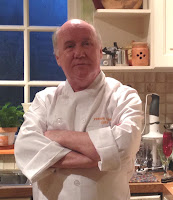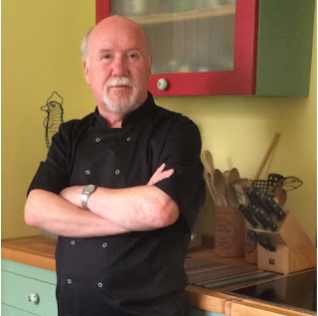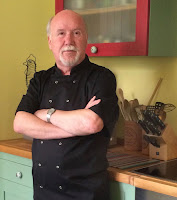Fennel and Lemon Risotto
The Recycled Cook Fennel and Lemon Risotto As always, the first thing you need for a good Risotto is a decent stock . You can use a frozen stock you made previously or one of the wide range of readymade stocks available in supermarkets. Today I had a fennel bulb and a lemon left over, I also have wild fennel in the garden so I decide one a Fennel and Lemon Risotto. As for previous risottos you will need start with a "Sofrito" , a mix of finely chopped carrot, celery, onion and garlic. Once you have fried off the "Sofrito" add the rice and fry gently until it starts to become transparent and look clear. Add the grated zest of a whole lemon and the juice of half a lemon At this point you can add a generous dash of white wine or Vermouth and let this simmer until the rice has absorbed it all. Now start to add the stock a ladle at a time. This allows you to control that the rice will not absorb too much liquid, it should be a litt...






Comments
Post a Comment